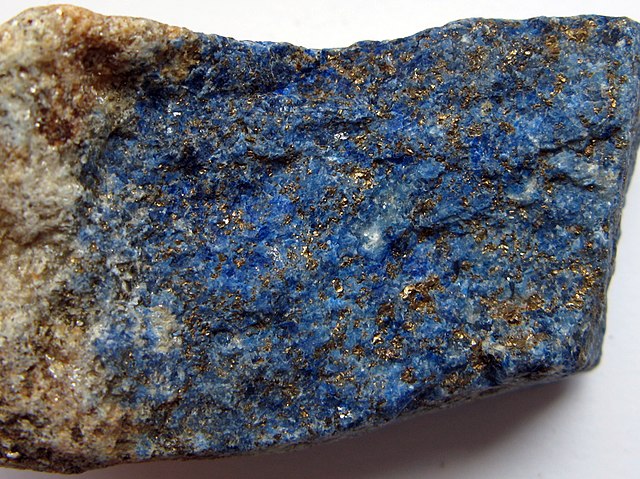Top Qs
Timeline
Chat
Perspective
Aggregate (geology)
Geological mass From Wikipedia, the free encyclopedia
Remove ads
In the Earth sciences, aggregate has three possible meanings.



In mineralogy and petrology, an aggregate is a mass of mineral crystals, mineraloid particles or rock particles.[1][2] Examples are dolomite, which is an aggregate of crystals of the mineral dolomite,[3] and rock gypsum, which is an aggregate of crystals of the mineral gypsum.[4] Lapis lazuli, for another example, is a type of rock composed of an aggregate of crystals of many minerals including lazurite, pyrite, phlogopite, calcite, potassium feldspar, wollastonite and some sodalite group minerals.[5]
In pedology, an aggregate is a mass of soil particles. If it has formed naturally, it can be called a ped; if formed artificially, it can be called a clod.[6]
In the construction industry, in contrast to the Earth sciences, an aggregate (often referred to as construction aggregate) is sand, gravel or crushed rock that has been mined or quarried for use as a building material.
Remove ads
Construction aggregate examples
Use in industry
Aggregates are used extensively in the construction industry.[9][10] Often in making concrete, a construction aggregate is used,[4] with about 6 billion tons of concrete produced per year.[11]
See also
References
External links
Wikiwand - on
Seamless Wikipedia browsing. On steroids.
Remove ads
